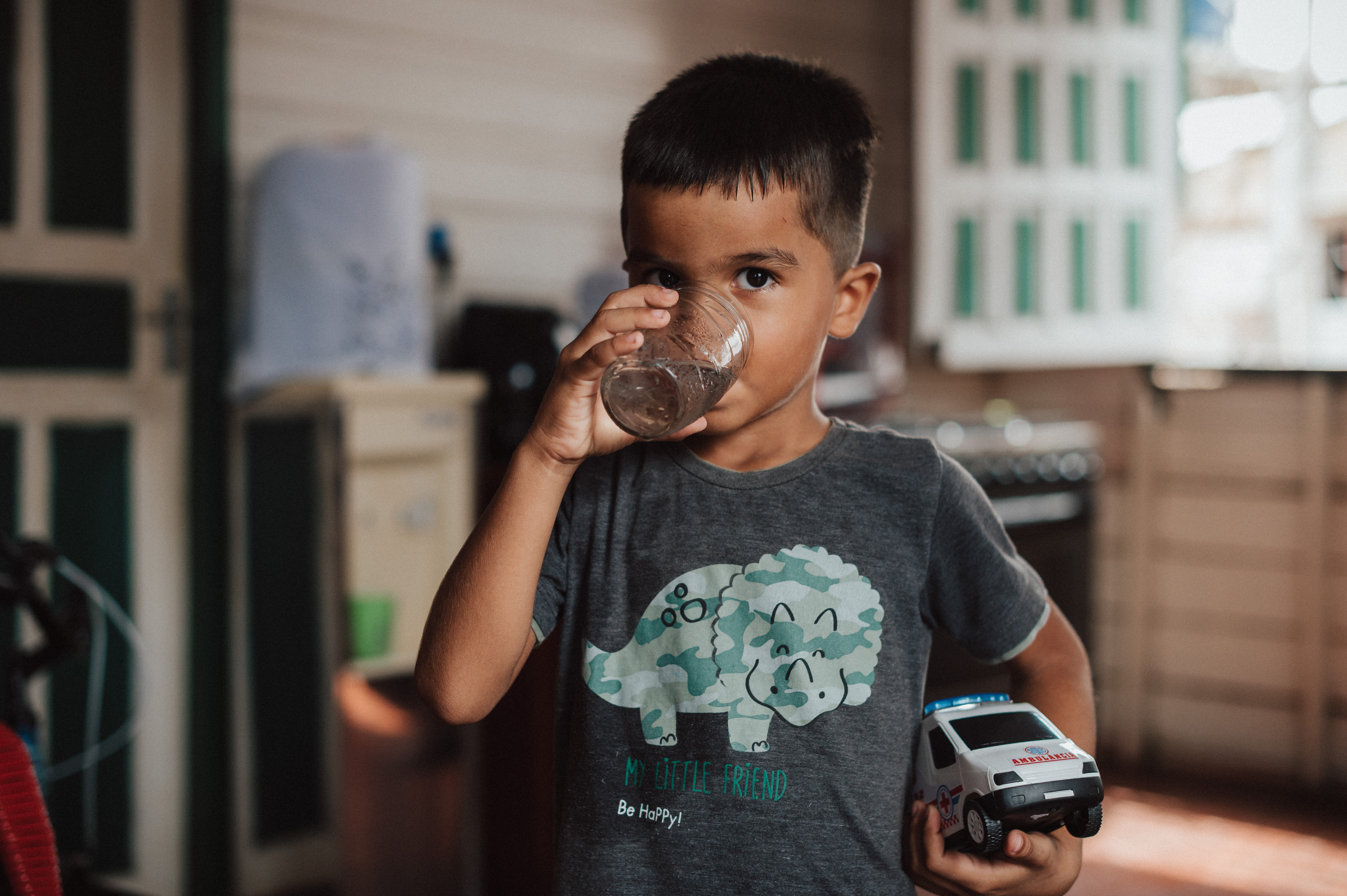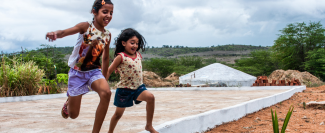

Description
The program aims to expand the water stock of families, rural communities and traditional populations to meet the needs of crops and livestock.
The program's name lives up to the minimal structure that families need to produce-the space for planting and breeding animals, the land, and the water to grow and sustain plant and animal life. P1+2 is part of ASA's Training and Social Mobilization Program for Coexistence with the Semi-arid Region.
Criteria 11/11
- ACCESSIBILITY
- ALIGNMENT WITH SDG 1,3,4,6 AND/OR 11
- RACE AND GENDER ISSUES
- ATTENTION TO CHILDREN AND ADOLESCENTS
- LOW COST
- SOCIAL DIFFUSION
- ADMINISTRATIVE EFFICIENCY
- ADHERENCE AND CONTINUITY AT LOCAL LEVEL
- WASH INITIATIVE
- CLIMATE RESILIENCE
- SUSTAINABILITY
The project is coordinated by the civil society organization ASA, which collaborates with federal entities managing Federal Government resources, including the Ministry of Social Development and Assistance, Family and the Fight Against Hunger, Ministry of Health, the National Health Foundation (FUNASA), and Fiocruz.
The entity also supports municipal secretariats in developing the project at the local level and engages with the population, including through councils with social representation, such as the National Council for Food and Nutrition Security (CONSEA).
Semi-arid region (nine states)
Rural community in the semi-arid region
This program has so far built 104,113 technologies that store water for food production (information registered 09/13/2021)
Since 2007
'▪Communities and families are selected based on the criteria predefined in the program structure and are registered in the Single Registry for Social Programs (CadÚnico).
▪Favoring interactions between farmers from different communities, municipalities, states and regions within the semi-arid region;
▪Promotion of training processes based on Popular Education. Training in: Water Management for Food Production (GAPA, acronym in Portuguese) and Simplified Water Management System (SSMA, acronym in Portuguese)
▪Adoption of Agroecology as a technical-methodological and scientific basis for the construction of the new model of rural development and strengthening coexistence with the semi-arid region.
Installed infrastructures:
▪Underground dam – It is built in areas with shoals, streams, and creeks that form during the rainy season in the semi-arid region. The construction involves digging a trench to reach the impermeable soil layer, which is the rock.
▪Stone tank or cistern - This technology is commonly used in mountainous areas or regions with rock slabs that serve as catchment areas for rainwater. These include wide fissures, rock formations, or natural depressions, typically made of granite.
▪Popular water pump – It uses deactivated tubular wells to extract groundwater through a manual device that features a flywheel.
'▪Family participation
▪Strengthening local educational, socio-organizational, and political processes, contributing to the autonomy and leadership of farmers and their organizations in building sustainable development.
▪Valuing farmers and their organizations as technical and social innovators, and therefore, holders of knowledge and experience.
▪Trench Barrier – These are long, narrow, deep tanks dug into the ground. Based on the knowledge that families have of the region, it is built on flat land and close to the production area.
▪Barraginha [small, traditional water reservoir or dam] – It has a depth of between two and three meters, with a diameter ranging from 12 to 30 meters.
▪Cistern-rainwater runoff – It has a capacity of up to 52 thousand liters and is built underground, with only the conical cover above the surface. The land is used as a catchment area.
SIGA - Information, Management and Audit System:
It is one of the tools used by ASA to monitor the One Million Cisterns (P1MC) and One Land and Two Waters (P1+2) programs.
Through SIGA, accountability reports are generated for funders, which monitor the evolution of the program´s results in real time.
Project link
Priority should be given to families headed by women with children aged 0 to 6, school-aged children, individuals aged 65 or older, and those with physical and/or mental disabilities.
Note: While this project may not directly focus on the WASH sector, it interacts with it by providing water reserves for families, which can also be used for hygiene practices. Additionally, participatory processes with communities address other topics, such as health and sanitation, making it an umbrella project.
